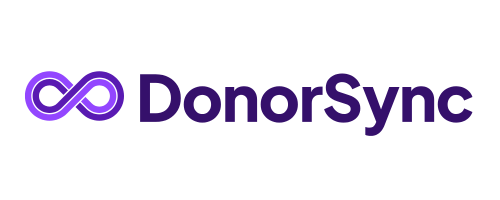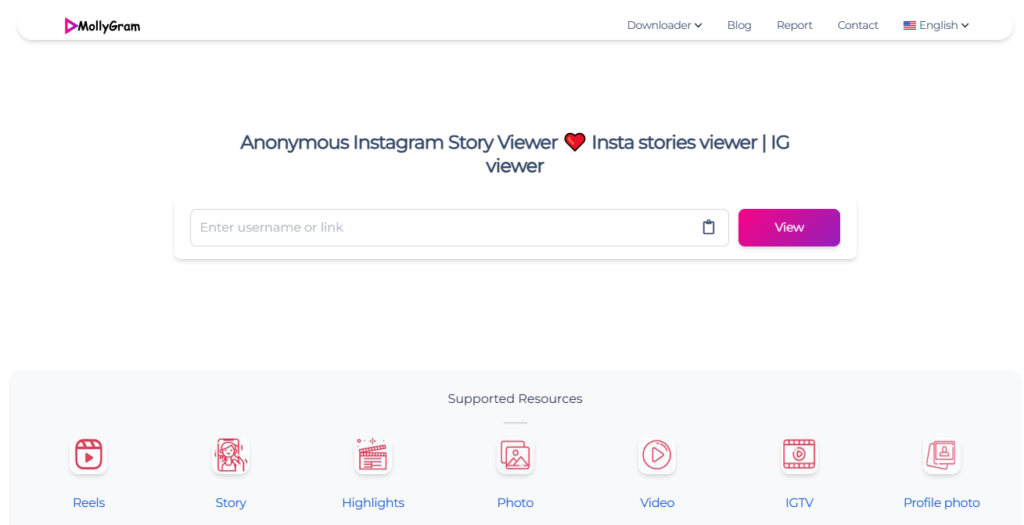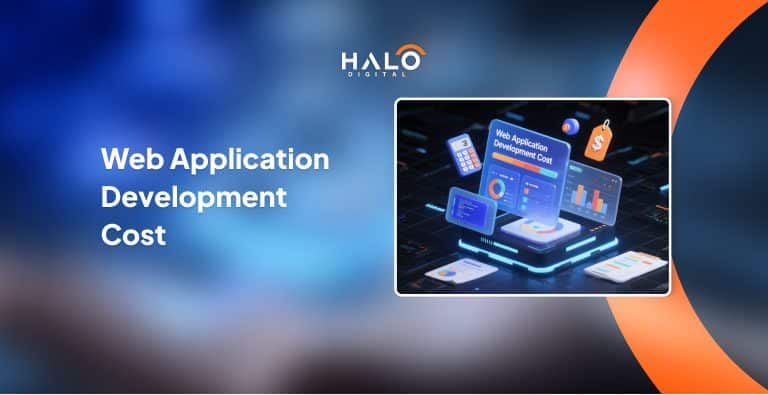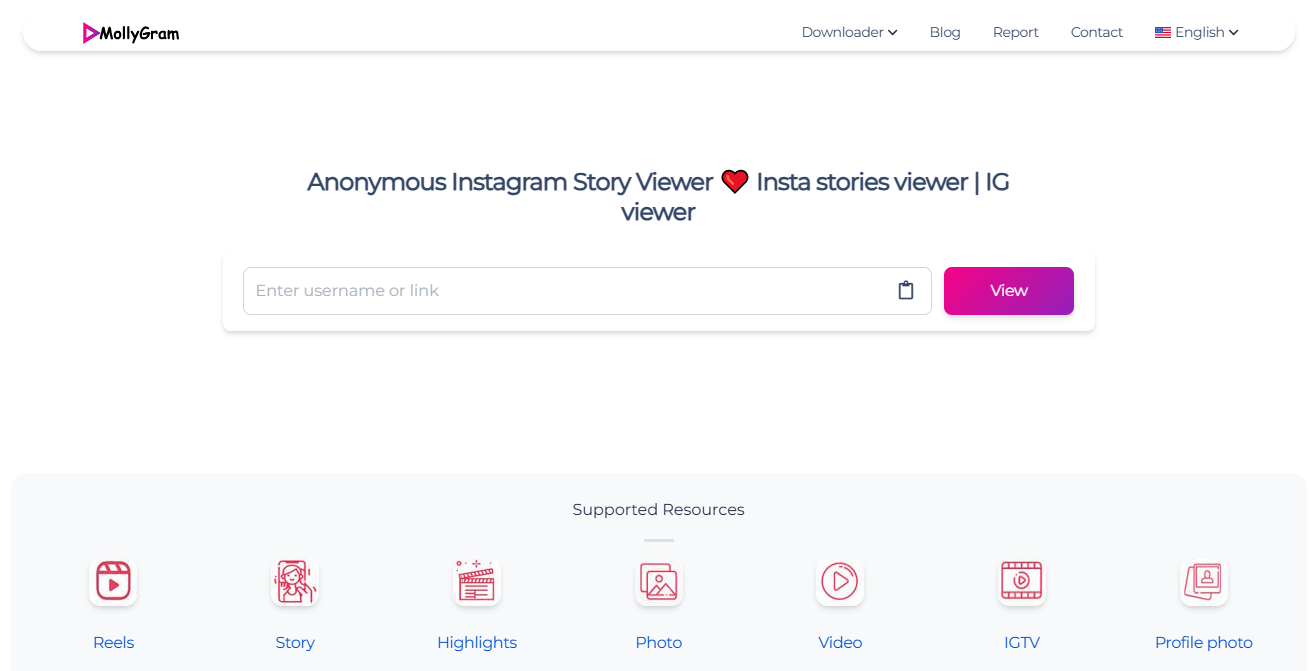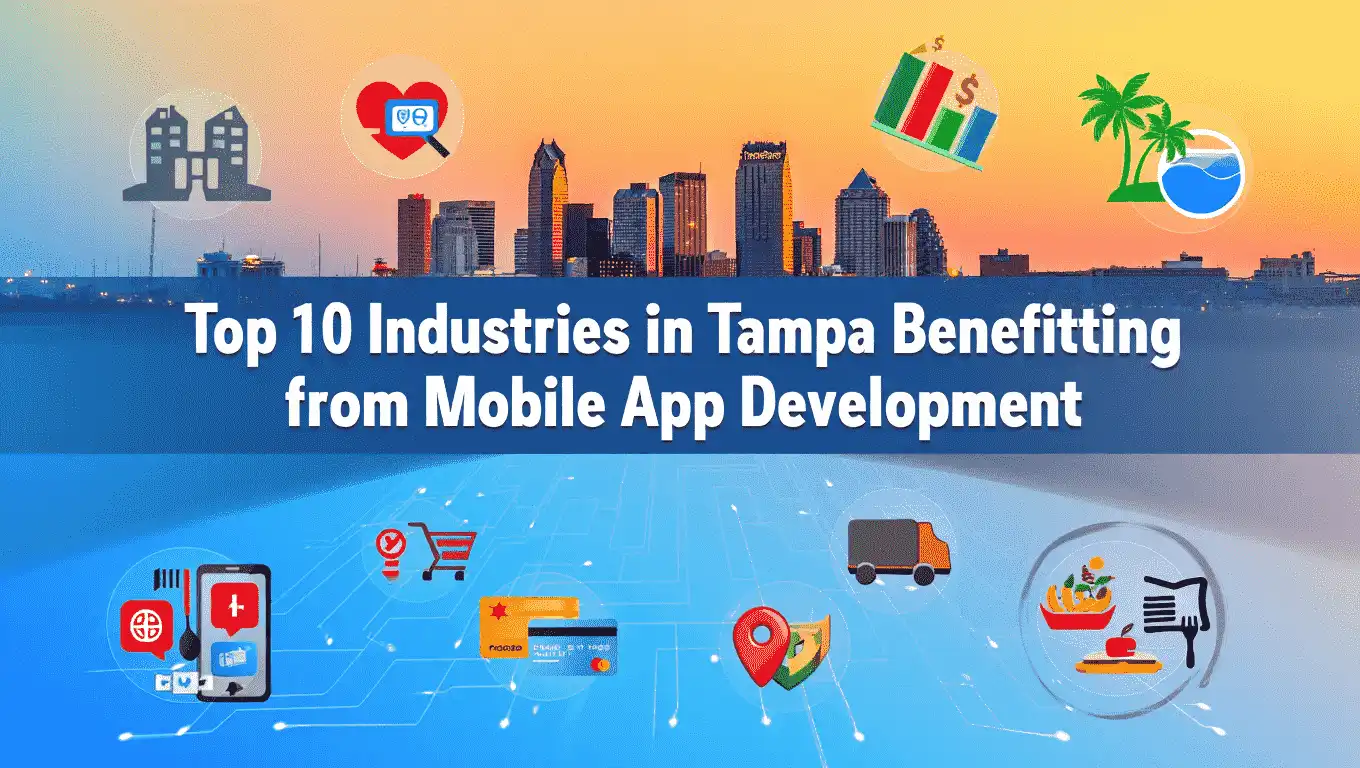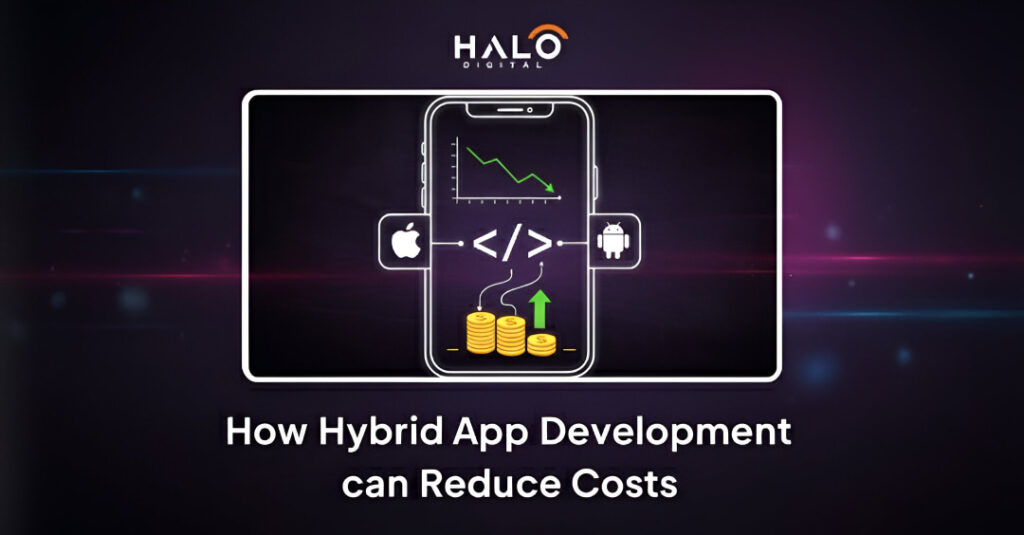Determining the true cost of web application development is a critical step for startups and enterprises planning digital products in 2025.
With budgets often exceeding six figures for complex platforms, understanding where your investment goes and what factors drive costs up or down can make the difference between a successful launch and a stalled project.
In this guide, we provide a detailed breakdown of web application development costs, outline key variables that impact your budget, share real-world pricing examples, and highlight common pitfalls that can derail financial planning.
What Is the Average Cost to Build a Web App in 2025?
It is estimated that the average cost of web application development in 2025 is $15,000 to $300,000 according to the extent of the project, its functionality, and the size of the undertaking.
- Simple Web App (MVP): $15,000 – $50,000
- Medium Complexity Web App: $50,000 – $120,000
- Enterprise-Grade Custom Web App: $120,000 – $300,000+
The final cost is determined by a variety of factors, including the design of the user interface, the technology stack chosen, the geographical area, backend infrastructure requirements, and the number of third-party applications required.
Key Factors That Influence Web Application Development Costs
Many factors influence the total web application development cost. From the scope of the project and its complexity to the stack of technology and location of the developer, each choice affects the final cost.
Type and Complexity of the Web Application
Simple web applications are easier and more affordable to create.
However, advanced applications such as Progressive Web Apps (PWAs) or dashboards, or platforms that have multiple roles for users and workflows will require additional time and resources, resulting in higher costs.
Understanding the different types of web applications can help you anticipate complexity and plan your budget more accurately.
Features and Functionality Requirements
Advanced features like real-time chat, multi-user authentication, push notifications, API integrations, and payment gateways greatly accelerate development times, which adds to the total web application development cost.
UI/UX Design Scope
A refined, user-friendly, responsive, and easy-to-use design that is adapted to desktop and mobile users typically requires custom work. The most sophisticated UI/UX that incorporates branding and animations can increase the design and front-end development costs.
Technology Stack Chosen
The choice of a stack influences the development speed and performance.
Popular stacks such as MERN and MEAN can differ in price dependent on developer availability as well as licensing and learning curves.
The web application architecture you choose also affects scalability, security, and long-term maintenance costs.
Developer Location and Team Structure
Developer fees vary based on the region: US/UK developers cost $100-$250/hour, Eastern Europe $40-$80/hour, and Asia $20-$50/hour. The hiring of an in-house team includes benefits, salary, and operating expenses.
Development Timeframe and Process
The speed of development is accelerated and requires more developers and, frequently, overtime compensation. A well-organized, flexible web application development process helps to reduce the amount of time and money spent throughout the development process of web applications.
Maintenance and Post-Launch Support
After the launch, continuous support is crucial. Costs include hosting updates to software security patches, monitoring of performance, and the scaling infrastructure—all components of your custom web application development cost.
Cost Breakdown by Development Stages
This web application development cost breakdown will help you estimate your budget across each stage.
Stage | Description | Estimated Cost |
Discovery & Planning | Research, requirement gathering, estimation | $2,000 – $10,000 |
Design & Prototyping | Wireframes, UI/UX, user flow | $3,000 – $20,000 |
Frontend & Backend Development | Core development work | $10,000 – $150,000 |
Testing & QA | Bug fixes, compatibility, security | $2,000 – $15,000 |
Deployment & Maintenance | Server setup, monitoring, updates | $2,000 – $30,000+/year |
Freelancers vs. Agencies vs. In-House Teams: Cost Comparison
Choose the right team based on your web application development cost estimation, project complexity, and timeline.
Your choice can also depend on whether you need a desktop or web application, since each approach affects skill requirements and development strategies.
Type | Pros | Cons | Average Hourly Rate |
Freelancers | Affordable, flexible | Risk of delays, limited scalability | $20–$80/hr |
Agencies | Structured, scalable, expert teams | Higher cost, formal process | $50–$200/hr |
In-House | Full control, aligned goals | High salaries, hiring overhead | $70,000+/year per dev |
How to Estimate Your Web App Development Budget
Are you curious how much does it cost to develop a web application?
A well-planned budget begins with an understanding of the goals for the project and meticulous planning.
Reviewing relevant web application examples can help you benchmark costs and feature expectations before you start.
Here’s how you can simplify it:
- Define project goals: The scope of your project should be defined. The features you’ll need for login systems or dashboards as well as payment integration.
- Choose your app type: It could be a Progressive Web App (PWA), a content-driven website, or an e-commerce platform.
- Choose the best team: Choose between hiring freelancers, the agency, or establishing an internal team.
- Estimate development hours: Break your project down into phases: design, planning, development, testing, and finally, launch.
- Pay hourly rates: Multiply the number of hours estimated by the hourly rate of your team. (Rates differ based on region and experience.)
Numerous agencies also provide no-cost web application development cost estimation tools or consults—utilize them to calculate an approximate estimate before you commit.
Common Mistakes That Lead to Budget Overruns in Web Application Development Costs
Budget overruns during web application development are usually avoidable. If you know what causes them, you can control your project’s timeline, quality, and overall cost.
Underestimating Project Scope and Features
Intentionally including advanced features in a small budget usually leads to delays in deadlines, scope creep, and unplanned costs that could double your initial estimate of cost.
Lack of Clear Requirements or Frequent Scope Changes
Without a thorough requirement document to guide projects, they can end up being a mess. The constant changes in scope create confusion for developers and can increase the amount of time, which can lead to delays and increased expenses.
Ignoring the Importance of QA and Testing Early On
The decision to skip testing in the early stages to save money usually backfires. The bugs multiply, leading to expensive rework, missing deadlines, and post-launch problems that undermine trust among users.
Choosing the Wrong Development Partner or Team
Hiring inexperienced or poorly aligned developers could result in low-quality code, late deadlines, and an application that does not grow, which can all increase your budget.
Ways to Optimize Your Development Costs
Effective planning and allocation of resources will significantly lower the total cost of developing a web application without sacrificing quality. Here’s how to save money:
Begin by creating a Minimum Viable Product (MVP)
Launch with the essential features needed to gauge interest from users and demand on the market. This helps you validate your concept before you invest in full-scale development.
Use Open-Source Tools and Frameworks Where Possible
Open-source software is free of the cost of licensing and accelerates development through the use of components that are pre-built, which reduces the time-to-market as well as overall project costs.
Prioritize Features Based on Business Value
Find the most important features that address your users’ primary issues. Refrain from features that are less essential until later in the process to avoid wasting money early in.
Consider Nearshore or Offshore Development Teams
Experienced teams from areas such as Eastern Europe or South Asia provide cost savings without sacrificing quality of code and communication times.
Ready to Build Smarter? Let Halo Digital Bring Your Web App Vision to Life
At Halo Digital, we design and develop scalable web applications engineered to meet your specific business objectives and budget requirements.
From MVPs for startups to enterprise-grade platforms, our team delivers end-to-end solutions with a focus on technical excellence, project transparency, and on-time delivery.
Partner with us to build a web application that aligns with your strategic goals and drives measurable results.
FAQs
How much does it cost to develop a web app?
Web app development typically costs between $15,000 and $300,000+, depending on the app’s complexity, features, development team, and timeline.
How much does it cost to hire a web app developer?
Developer rates vary widely, ranging from $20/hour in Asia to $150/hour or more in the U.S., depending on experience, skills, and region.
How many hours does it take to build a web app?
A web application can take anywhere from 300 to over 2,000 hours to build, depending on scope, features, and design complexity.
Are web apps faster than websites?
Not always. Web apps offer interactivity and dynamic content, while websites are static. Performance depends on coding practices, server speed, and app complexity.
How to estimate app development cost?
List features, estimate required development hours, then multiply by the hourly rate. Don’t forget to include design, testing, and maintenance costs.
How much does it cost to outsource an app developer?
Outsourced developers typically charge $20–$80 per hour, depending on their expertise and region—making it a cost-effective option for many projects.
Final Thoughts: Web Application Development Cost
Understanding the cost of developing a web application in 2025 helps you plan smarter and avoid common pitfalls.
By considering factors like app type, features, tech stack, and team selection, you can create a realistic and achievable development budget.
Whether you’re launching a Progressive Web App, enterprise platform, or custom dashboard, careful planning and a reliable partner like Halo Digital can ensure success.
Ready to build something extraordinary? Contact Halo Digital today for a free consultation.






